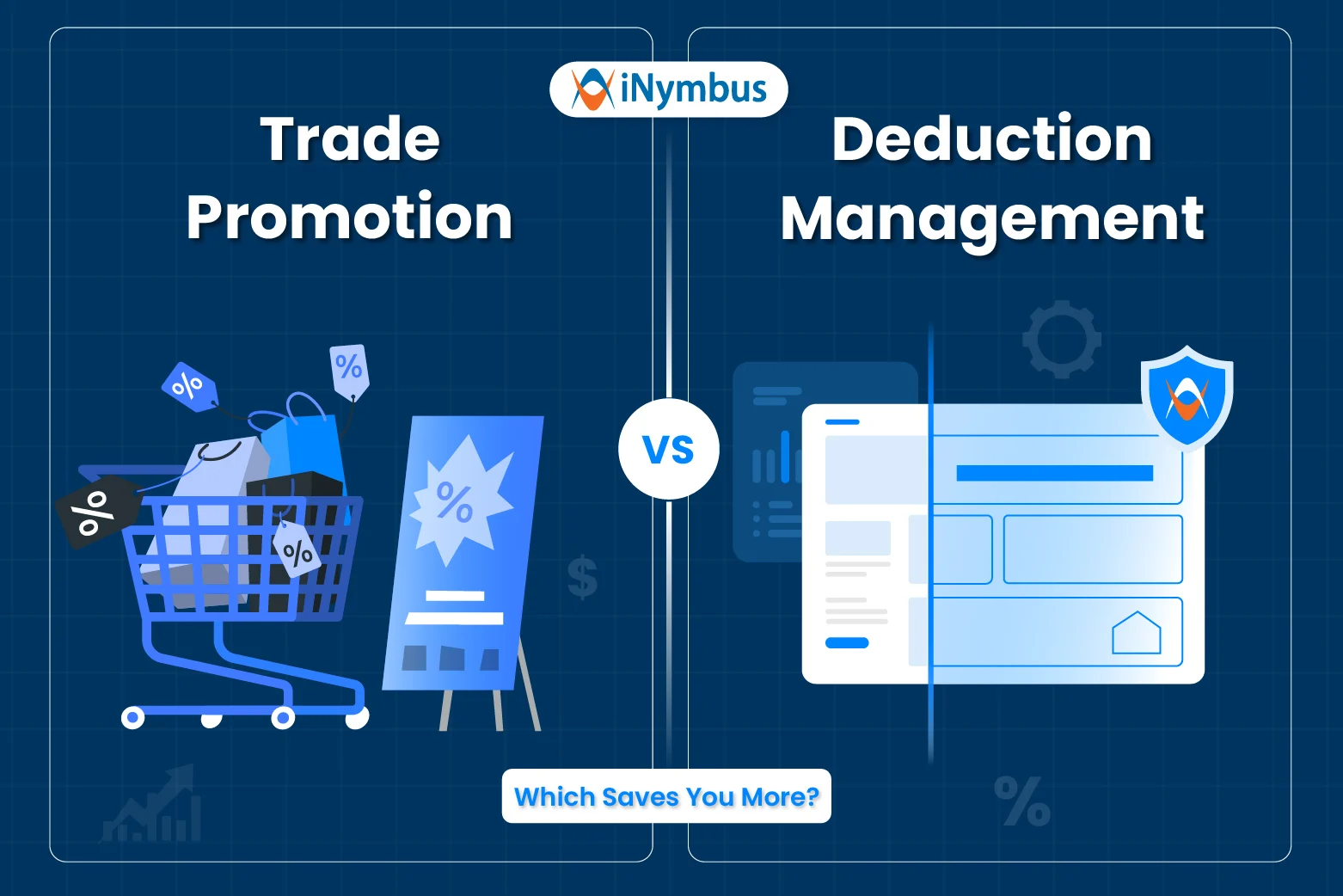When trying to grow your retail supply business, it’s easy to put all your focus on trade promotions. Discounts, in-store displays, marketing campaigns—they seem like the most obvious path to more sales. After all, boosting revenue is the name of the game, right?
But here’s a secret most seasoned suppliers already know: growth is only half the equation. If you’re bleeding revenue through unresolved chargebacks, pricing errors, shortages, and compliance fines, your profits and cash flow will suffer no matter how many promotions you run.
So here’s the question: Which delivers more return—Trade Promotion Management (TPM) or Deduction Management (DM)?
Let’s break it down clearly, using real-world data and experience. You’ll probably be surprised.
Understanding the Basics: TPM vs DM
Before we get into the numbers and results, here’s a quick refresher:
- Trade Promotion Management (TPM) is how suppliers plan, execute, and analyze retailer-facing promotions. This includes discounts, co-op marketing, endcaps, BOGOs, and display allowances. The goal? Increase sell-through and market share.
- Deduction Management (DM) refers to how suppliers handle chargebacks and deductions from retailers like Walmart, Amazon, Target, and others. These deductions can occur due to shipping shortages, pricing errors, late deliveries, missing documents, or compliance violations.
Both are critical to a supplier’s financial health, but they serve different purposes.
- TPM = Top-line growth
- DM = Bottom-line protection
Market Trends: What’s Changed in TPM and DM
Not long ago, both TPM and DM were largely manual processes. Suppliers would plan promotions in spreadsheets and respond to retailer chargebacks one deduction at a time.
But now?
TPM Has Evolved With Technology:
- Advanced trade promotion software provides real-time visibility into spend vs. ROI.
- Better forecasting tools help avoid overspend on underperforming promotions.
- Machine learning helps predict which promotions are likely to succeed.
Deduction Management Has Also Leveled Up:
- Tools like iNymbus automate dispute filing across retailers.
- Root cause analysis tools help prevent recurring deductions.
- Dashboards track Days Deduction Outstanding (DDO) and dispute success rates in real time.
And here’s something important: Retailer expectations have evolved, too. Retail compliance standards are now stricter than ever. Fines and chargebacks are increasing. And promotions need to be flawlessly executed to see any return.
